At the time of this writing, the presidential election is too close to call with final tallies in Georgia, North Carolina, Pennsylvania, and Nevada still to come. Depending on where you stand politically, or how pleased you are with the outcome, that disruption and its challenge to the status quo is either a good thing or a bad thing. Either way, this election is something many will be thrilled to see pass into history. But I would challenge you not to look away quite yet. If you look deep enough, there are five key lessons challenger brands can learn from the 2020 election.
It all comes down to the states.
Winning a presidential election always comes down to how well a candidate understands the states in play and how well connected he or she is to them. That’s certainly true of the 50 states that will actually elect our next president. But I’m talking about the three states every successful challenger brand has to understand before they can distinguish themselves from the brands they’re competing with. Those states are State of Market, State of Mind, and State of Readiness.
State of Market is an assessment of where you fit in your category. Where are there opportunities for you to go on the offensive? Where are your competitors weak where you are strong? State of Mind measures who you are as a brand. Challenger brands are either the best at delivering something important to a specific group of customers, or striving to become the best at delivering something their customers want. Which are you? Third, State of Readiness answers whether you are ready for battle and, if not, what you need to do to get ready. You may know who you are and where you stand, but without the readiness and willingness to act you might as well be paralyzed.
In this election, Joe Biden and Donald Trump were each locked into the three challenger states with just two percent of a record 140 million vote turnout separating the two candidates. Both clearly understood where they fit with the electorate. Both were clear about what they best delivered to their voters. And both Biden and Trump were, and continue to be, ready for battle if reports of the hundreds of lawyers on standby are to be believed.







